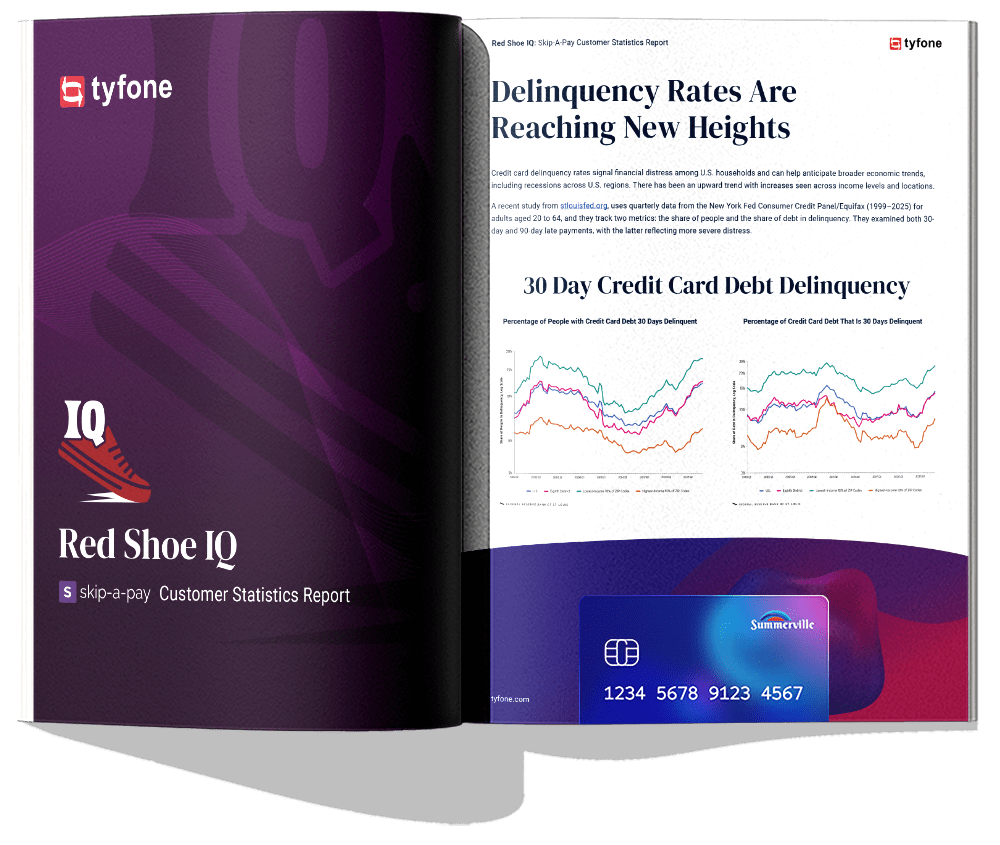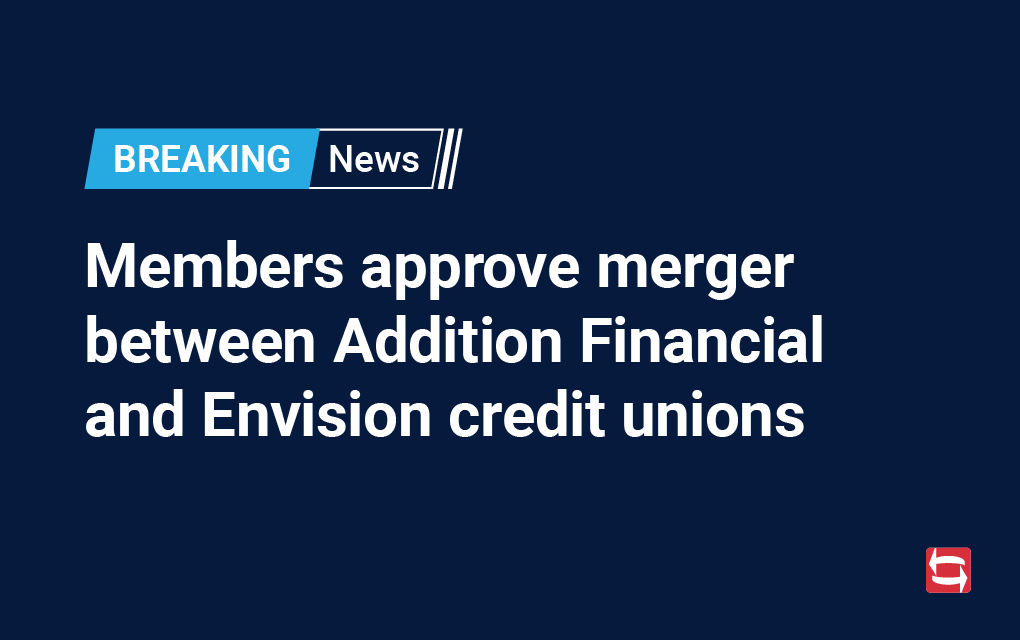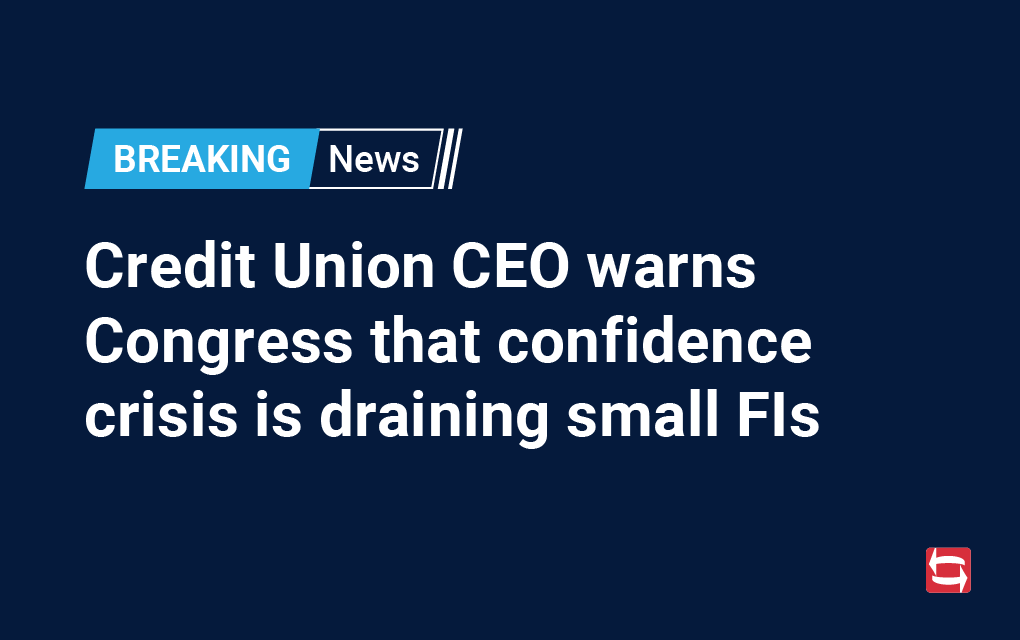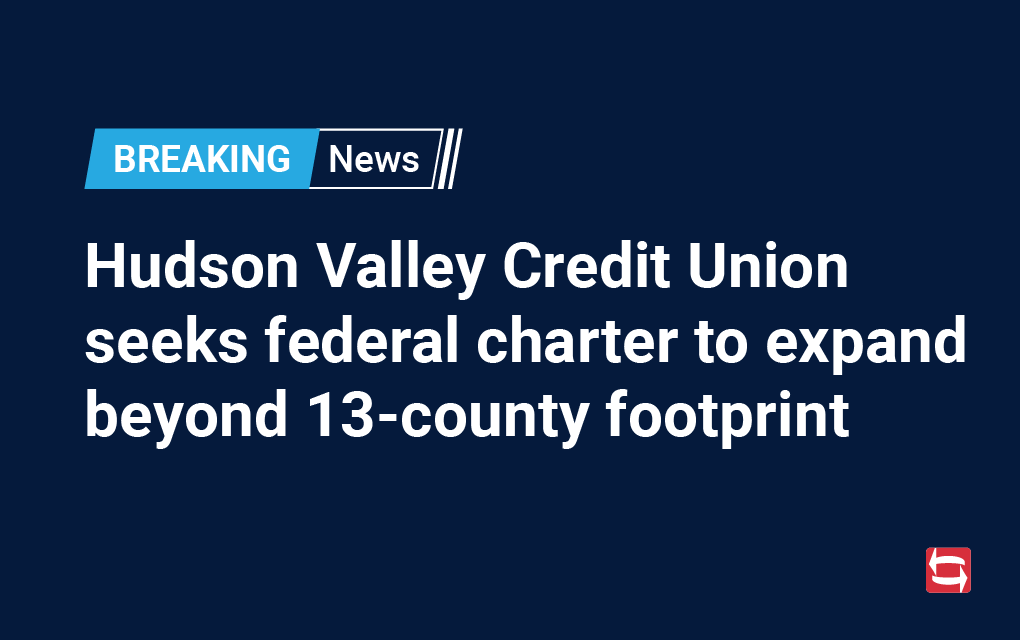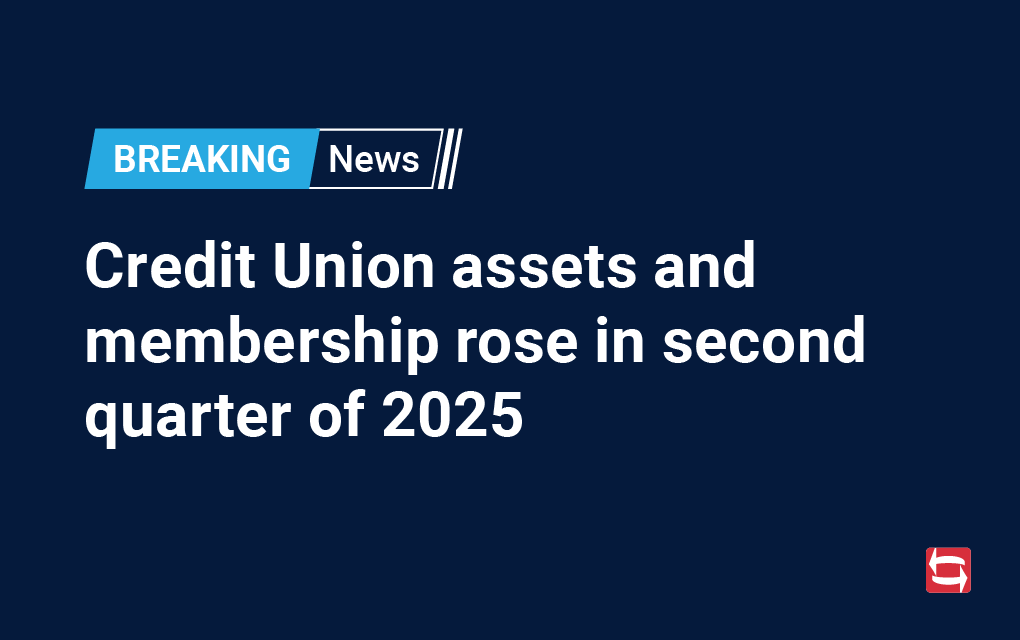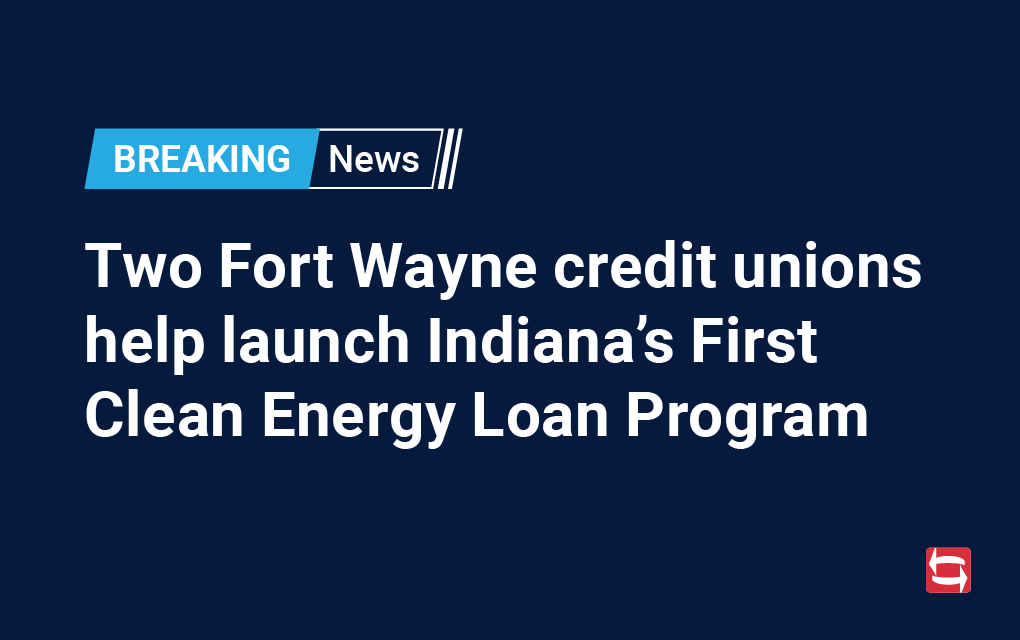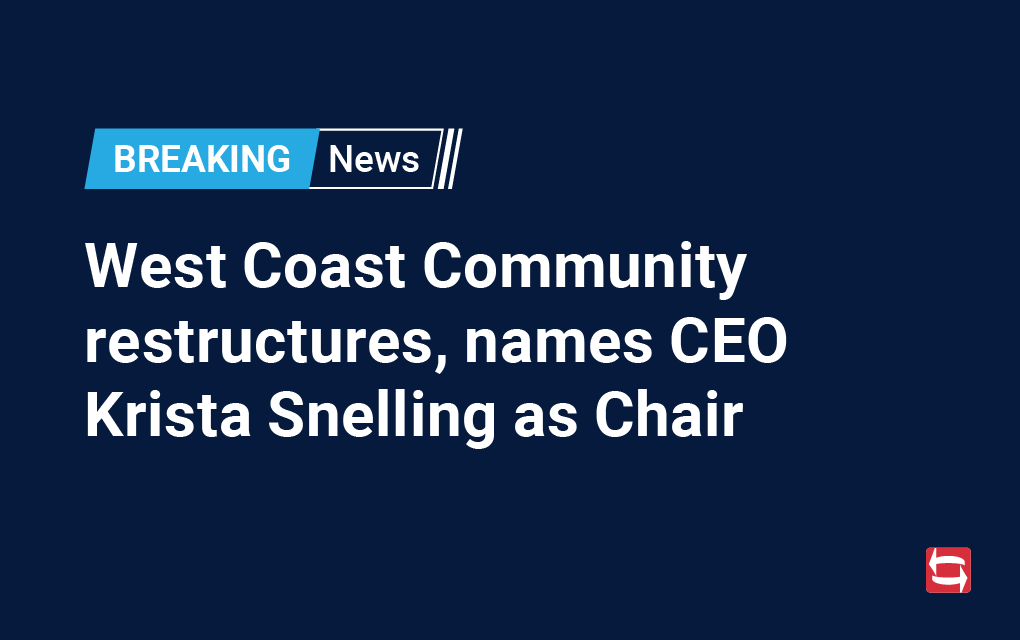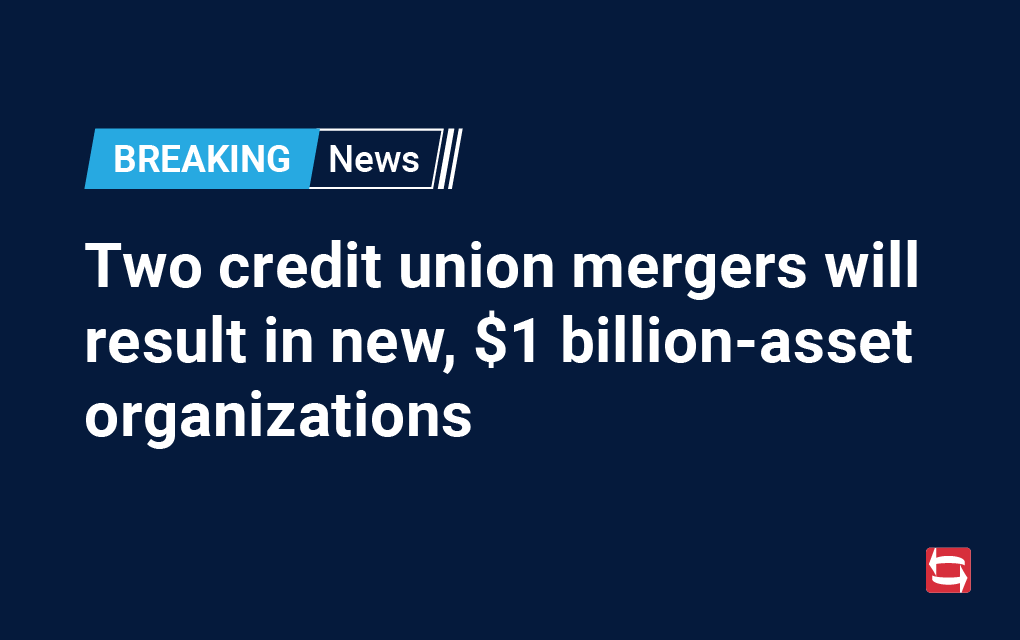
Report: Bankers optimistic on loan growth despite economic volatility
A survey conducted by S&P Global revealed that 78.6% of respondents expect an increase in lending.
Bankers are cautiously optimistic about loan growth during the next year, according to the second-quarter 2025 U.S. Bank Outlook Survey conducted by S&P Global Market Intelligence.
The survey revealed that nearly 79% of banking executives anticipate loan portfolios will expand in the coming 12 months, even as concerns over the economic outlook persist. The optimism comes amid heightened uncertainty sparked by President Donald Trump’s tariff policies and ongoing worries about a potential economic slowdown.
A year-over-year comparison shows a slight improvement in loan growth expectations, with 78.6% of respondents forecasting an increase in loans, up from 75.2% in the previous year.
More notably, the proportion of bankers expecting loan growth to exceed 5% rose to 22.3%, up from 17.1% in the prior year. While the projections are promising, analysts have lowered their 2025 growth forecasts in response to challenges posed by macroeconomic instability, which has made it difficult for clients to plan with confidence.
Despite the overall positive outlook on loan growth, the survey highlights growing concerns about credit quality. There was an increase in the number of bankers anticipating a deterioration in commercial real estate, personal auto loans, and one-to-four-family mortgage loans.
The percentage of respondents expecting a decline in commercial real estate loans rose slightly to 26.2%, while concerns over personal auto loans surged to 33%, up from 26.1% in the first quarter, the survey found.
While banks are likely to see net interest margins expand, earnings growth in the second half of 2025 may be muted as the lingering effects of tariffs impact consumers and drive up delinquencies.
Story continued below…
FREE PAMPHLET
Red Shoe IQ:
Skip-A-Pay Customer Statistics Report
Inside this report you will find statistics on 30-day and 90-day debt delinquency across the U.S., comparison of loan skips and yearly revenue from loan skip fees across our customers, loan skips by institution asset size and number of members, and more!
In addition, almost half of survey respondents (47.8%) expect a recession to hit the U.S. within the next year, suggesting that the banking sector may face further pressure as macroeconomic headwinds continue.
Bankers have also been adjusting their strategies in response to the evolving economic landscape. A notable 32.0% of respondents said their institutions had enhanced digital tools or adjusted product offerings to attract and retain depositors.
As the potential for a recession looms, 45% of those surveyed expressed concerns over the level of economic instability since the Trump administration’s policies began to take shape. Meanwhile, the risk of deposit runs remains top of mind, with some institutions increasing their focus on stress testing to prepare for unexpected withdrawals.
At the same time, roughly 40% of respondents indicated their institution was either “somewhat” or “very” likely to pursue acquiring another company during the next 12 months, while the proportion of bankers that thought their institution is likely to sell was 9%.
Overall, while U.S. banks remain cautiously optimistic about loan growth, the combination of economic uncertainty and rising credit concerns could signal a challenging road ahead for the industry.

